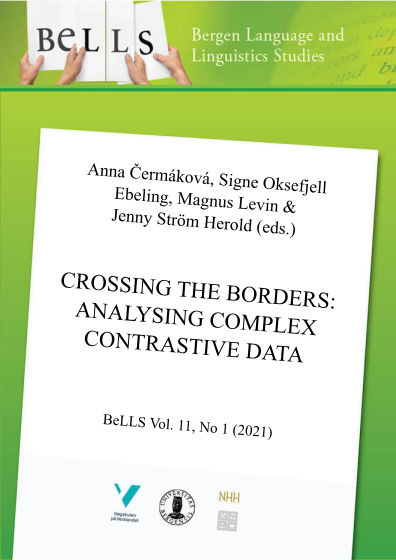On brackets in translation (or how to elaborate in brackets)
DOI:
https://doi.org/10.15845/bells.v11i1.3441Resumen
This paper presents findings on the use of brackets in original texts and translations based on the Linnaeus University English-German-Swedish corpus (LEGS). The results show that in originals, brackets are the most frequent in English and the least in Swedish. Translations usually contain more brackets than originals. There are two reasons for this. First, most brackets are retained, and secondly, many are added. Added brackets mostly contain short synonyms facilitating target-reader comprehension. English translators introduce the most changes (additions, omissions, downgrades and upgrades), and Swedish ones the least. Brackets tend to fulfil content-oriented rather than interpersonal functions. When brackets are replaced by other punctuations marks in translations, these tend to be commas or no punctuation marks at all. German originals have a stronger preference for bracketing phrases than clauses compared to English and Swedish. These German phrasal brackets are often expanded into clauses in translations.
Descargas
Publicado
Cómo citar
Número
Sección
Licencia
Derechos de autor 2021 Magnus Levin, Jenny Ström Herold

Esta obra está bajo una licencia internacional Creative Commons Atribución-NoComercial 4.0.


